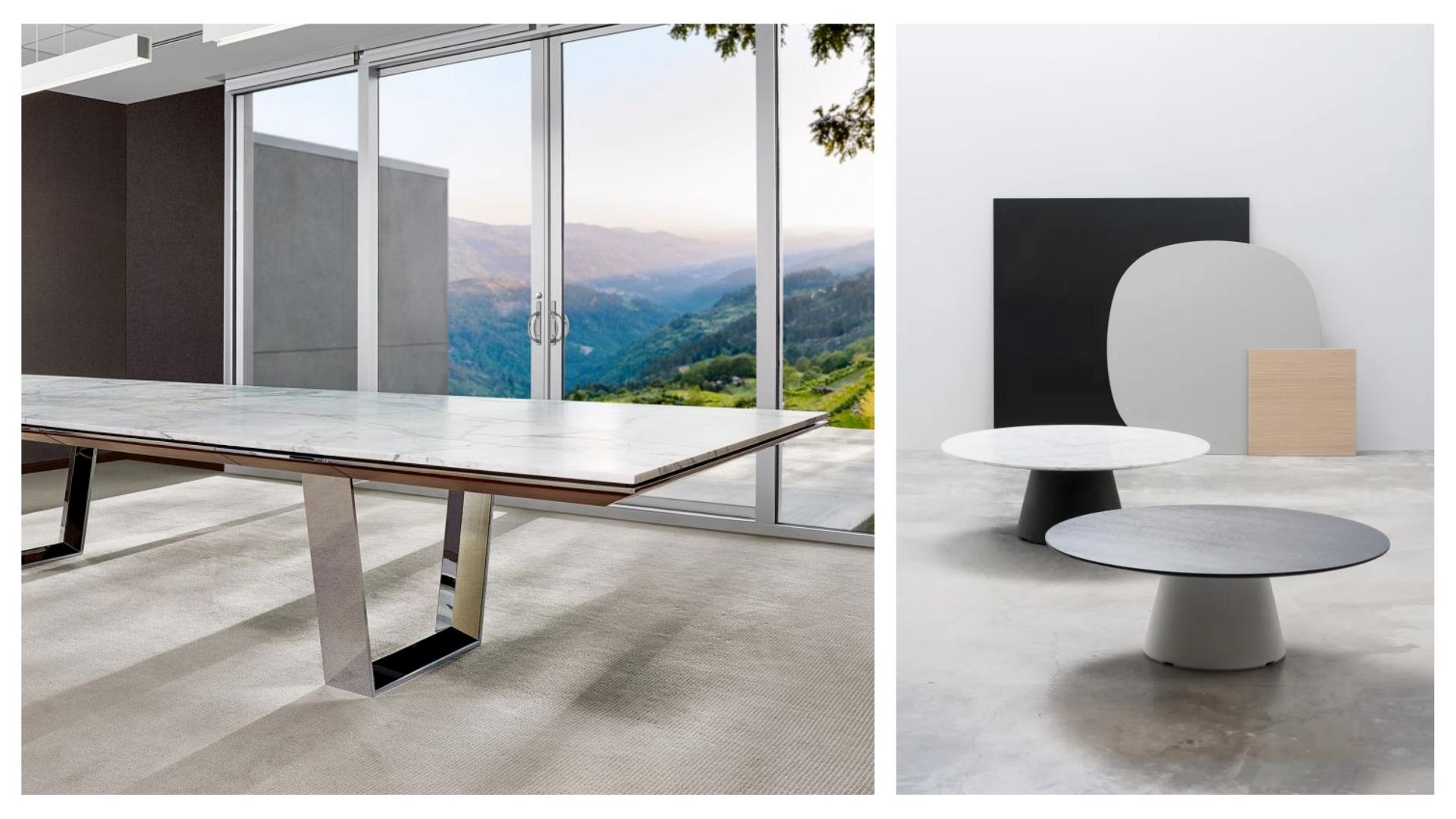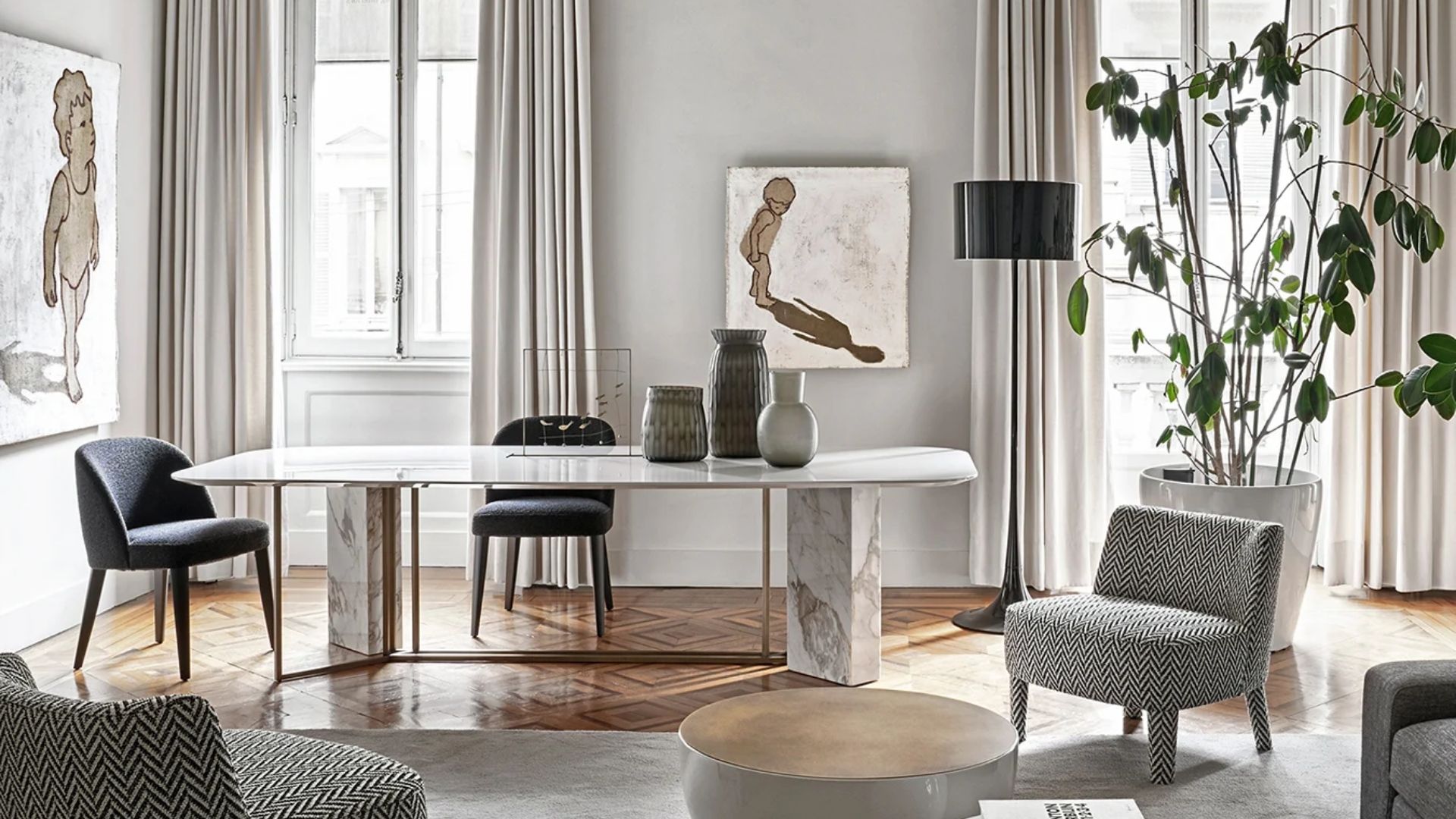Details
Is Engineered Stone Better for Interior Design
28 Feb 2022
Before cement, concrete, steel, brick, or even wood, our humble ancestors used stone as the foundational element for nearly all building purposes. From small homes to iconic monuments such as the pyramids - stone predates almost all building materials used in modern construction. Most of our prehistoric monuments - Stonehenge and legendary tales - Knights of the round table were all made of stone.
Stone is a popular building material even today and is used for a variety of purposes in either its natural or engineered form. It’s durability requires virtually no manufacturing; structures made thousands of years ago are still standing strong - something even the most sustainable and green products have a hard time competing with.
Applications of Stone
The chances of walking through any built environment and not coming across stone is extremely rare. There are several applications where natural or artificial stone is better suited. Some of the key applications are listed below:
Flooring
Carpet tiles might be the most common form of flooring, but natural stone is the most durable and requires the least maintenance. The aesthetic consistency of each stone tile helps create a space rich in color and is luxurious as well. Another great feature of natural stone flooring is that it’s hygienic - it doesn’t collect dust and particles. Natural wood is no doubt a great alternative, but it comes with its own constraints (water sensitive and prone to scratching) we cannot ignore.
Surfaces
Granite, marble, and most engineered stones are extremely durable and long-lasting. They make for excellent kitchen counters and in bathrooms because of their hardwearing features. While the aesthetic may be ideal, do check the porosity of your stone (ability to absorb liquid), to ensure you have the right product for your application.
Furniture
Coffee Tables & Meeting Tables have the most common application of stone in furniture. They can add prestige & opulence to a space or provide a contrast to softer materials like lounges and chairs that it pairs up with. The products do become considerably heavier than a traditional wood laminate substitute, however the aesthetic of a marble topped meeting table often outranks a veneer or a laminate alternative with a designer.

How Sustainable is Stone?
It’s hard to debate the sustainable aspects of stone. In many ways, stone is the original green building material. We’ve already covered these sustainable aspects before, but a big question we’re asked is - how sustainable is the manufacturing process?
This is a reasonable question and one that comes up when considering the source of stone. A common misconception is that stone is mined like other natural rocks. However, the reality is that stone is often quarried, not mined. While stone mining does happen, more often than not, the stone we see is extracted from a quarry. This does not involve drilling holes in the earth and destroying any natural habitats or formations. Stone often lies very close to the ground and requires minimal removal of overlying earth.
Additionally, stone emits no VOCs or other hazardous pollutants as well. The current version of LEED, called V4, has grown to include nine credits that have allowed stone to be evaluated in a different context, ranging from energy performance, reuse, and the use of regional materials. This helps define the key characteristics of stone and its relevance to sustainable, high-performance design. Additionally, the ANSI / NSC 373 green standard for natural stone makes a strong case for the contributions stone provides to green buildings.
Natural VS Engineered Stone
The popular natural forms of stone include limestone, granite, marble, onyx, basalt, quartzite, semi-precious, and travertine. Each of them has unique characteristics that lend it to specific applications in construction. But sometimes these fall short or have room for improvement. This is where engineered stone comes in - a composite material made of crushed stone bound together by an adhesive. Examples include engineered quartz, polymer concrete and engineered marble stone.
Engineered stone - generally referred to as quartz - is most commonly used in interior applications such as kitchens and bathrooms. While similar in appearance to natural stone, they possess benefits that make them far more useful than their natural counterparts. For starters, engineered stone has a far more uniform color distribution. It also wears at a much slower rate, is more hardwearing, and is easier to clean. Interior designers prefer it because it provides far more color and finishes options than their natural counterparts.
Refrence Images : Halcon, Andreu world, Cosentino & Meridiani
About The Total Office
As a provider of workspace solutions, The Total Office helps its clients with tools for collaboration, acoustics, environmental sustainability and well being, by providing quality products from international brands. The company is headquartered in Dubai, and serves the UAE and the wider Middle East region. All press enquiries can be directed to Rima Singh at [email protected], +971.4.450.8700. For more information, visit www.thetotaloffice.com.

